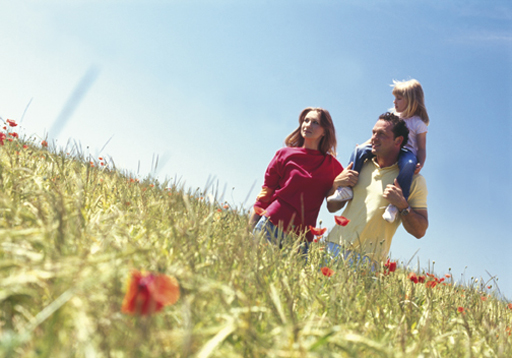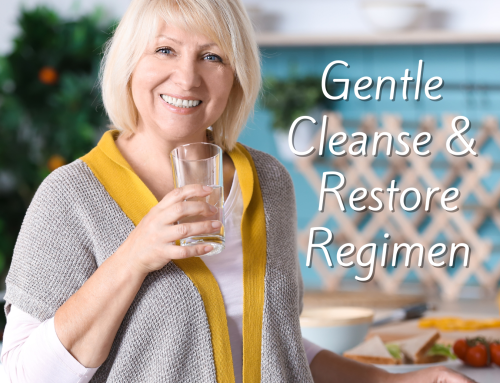 by Scarlet Strapko
by Scarlet Strapko
Published on Apple News / Essential Oils Channel
Essential oils seem to pop up everywhere, so many brands, so many different oils to chose from. The main question remains, how safe are essential oils. The simple answer is, it very much depends on the quality of the essential oil and the users experience and education on essential oils.
The quality of an essential oil is determined by a variety of factors, the central one being the sourcing of the plants used to create an essential oil. Just imagine, a plant grown on a field where heavy metals are in the soil, treated with pesticides, in an environment not native to the plant – this is not a healthy scenario for what should be used in essential oil production. The best essential oils come from plants that grow in their indigenous environment as the soil, water, and climate ensure the growth of a plant rich in its chemical constituents. Pair that with organic farming and harvesting at the proper time, and voilà you have the best source material for an essential oil.
But it doesn’t stop there, sourcing the right plant material is just the beginning. There are various methods on how essential oils are extracted from plant material. Only two methods that are safe in creating a therapeutic grade essential oil, steam distillation or compression extraction. These methods are completely natural. Depending on the type of plant material it can take over 20 hours to distill one batch of essential oil. Time consuming but safe and most definitely the healthiest method to create an essential oil. Some companies prefer to go the faster and cheaper route by using something called solvent extraction where a chemical such as acetone or hexane are used to extract the essential oil.
After distillation, for safety purposes, every batch of essential oil should be laboratory tested to ensure the essential oils has the proper chemical constituents, at the right levels, hasn’t been adulterated, and does not contain any heavy metals, microbes, mold or fungus spores, or anything else that does not belong in a 100% pure tested grade essential oil.
Don’t be fooled, only because an essential oil is labeled “100% pure” does not a guarantee it is truly100% pure, and that the sourcing, distillation, and testing has been performed as described in this article. A first warning signal can be when an essential oil lable says “100% pure” and then in fine print reads “not for topical use” or “do not ingest” (although there are a few essential oils that even in the highest quality should not be ingested). Research the brand you have been using, see whether they publish their sourcing, distillation, and testing methods. If not, find a brand that does publish the information you are looking for as it very much impacts the safety and effectiveness of the essential oil. More experienced essential oil users are often able to distinguish a high quality essential oil from a poor quality essential oil simply by its aroma.







